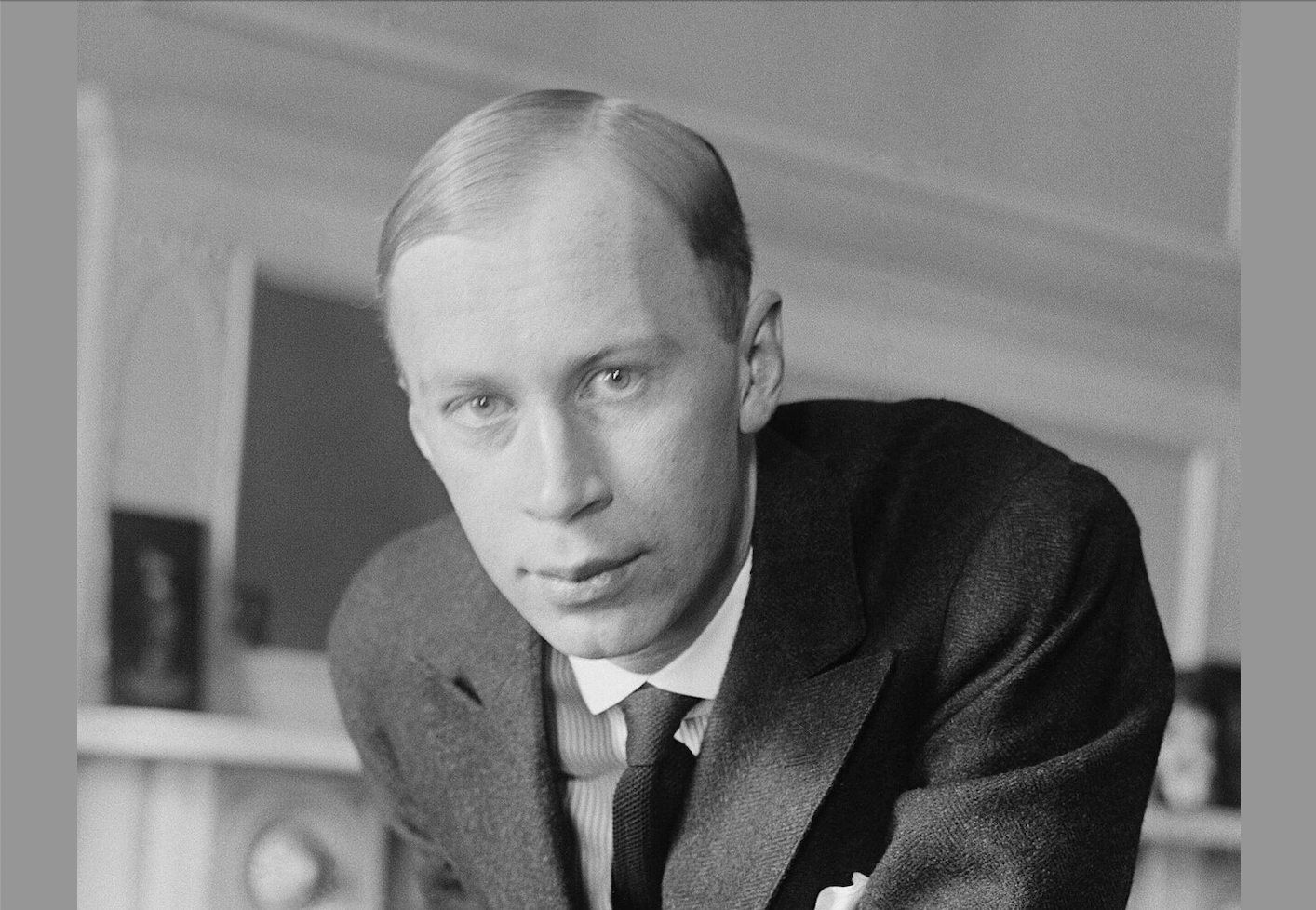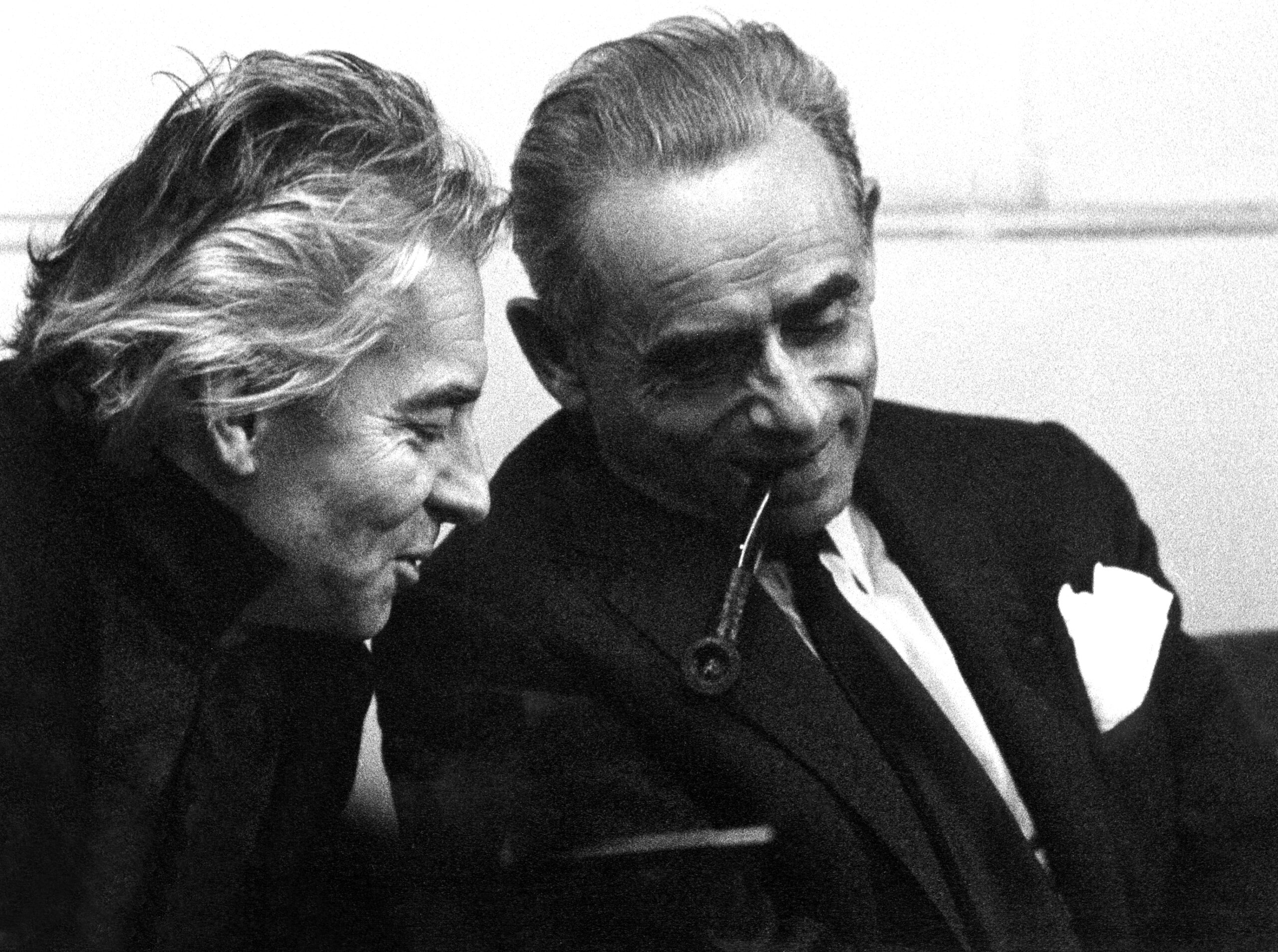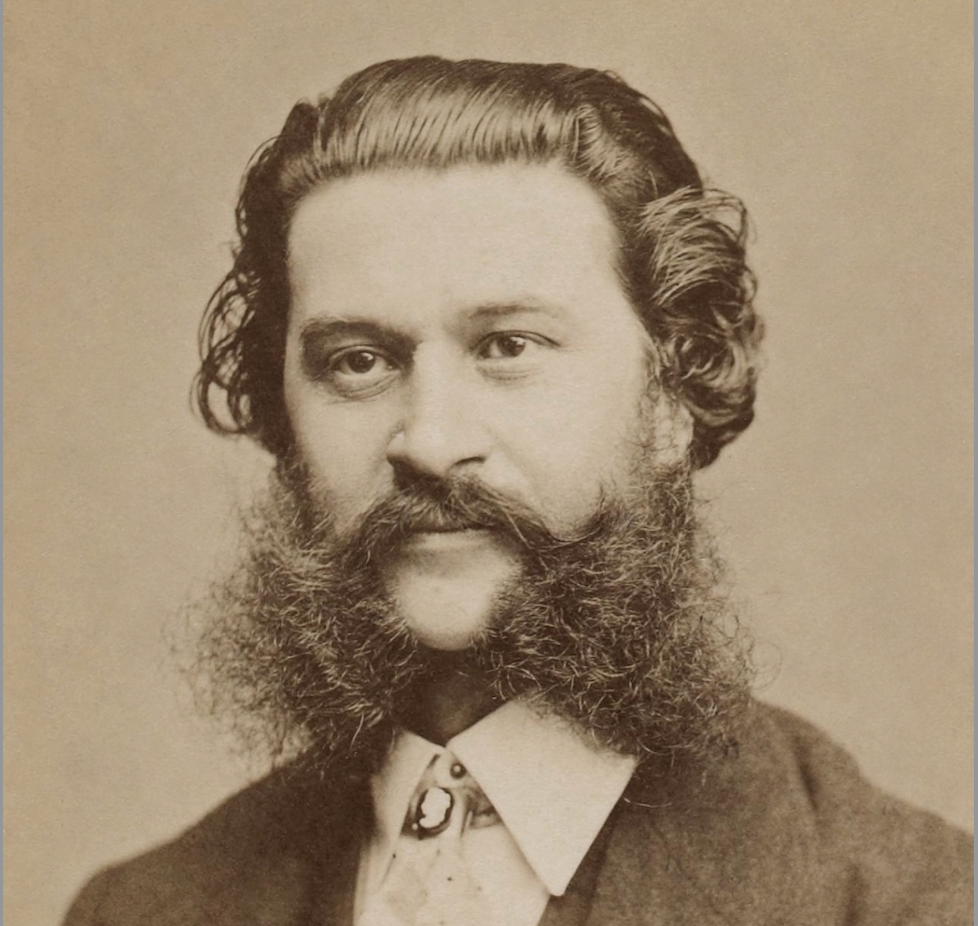14 July 2023
P.R. Jenkins
Spotlight Prokofiev: Two symphonies and a fairy tale

Sergei Prokofiev was born in Ukraine in 1891. His stunning ballets, his passionate solo concertos and his highly original piano music made him one of 20th century’s most popular composers.
His seven symphonies are not all equally successful but at least the 1st and the 5th are in every major orchestra’s repertoire today. Prokofiev died in Moscow on 5 March 1953, the same day as Stalin, so that his death went completely unnoticed.
The 1st symphony, the “Classical”, is a charmingly parodistic piece in the manner of Mozart and Haydn. Prokofiev composed it in his mid-twenties, one of his first works composed without the aid of a piano. He wrote in his diary: “When our classically inclined musicians and professors (to my mind faux-classical) hear this symphony, they will be bound to scream in protest at this new example of Prokofiev’s insolence, look how he will not let Mozart lie quiet in his grave but must come prodding at him with his grubby hands, contaminating the pure classical pearls with horrible Prokofievish dissonances. But my true friends will see that the style of my symphony is precisely Mozartian classicism.”
Karajan conducted the 1st twice in Vienna in 1948 (when Prokofiev was still alive) and in a single concert in Japan in 1954. In some of his very last concerts in 1988 and 1989 Karajan combined it with Evgeny Kissin’s youthful interpretation of Tchaikovsky’s 1st piano concerto. A studio recording with the Berlin Philharmonic was produced in 1981.
The 5th symphony was written in 1944 as one of the heroic-patriotic “war symphonies” in the Soviet Union like Shostakovich’s 7th and Khatchaturian’s 2nd. It too is a “classical” symphony, with its four movements in the sonata form and a clear, understandable style – a true Prokofiev masterpiece with wonderful lyrical phrases and an overwhelming motoric energy. The symphony was an immediate success after the war and even found its way to the American repertoire very soon.
Karajan’s 1968 recording of the 5th symphony is regarded as one of his major contributions to the Russian repertoire. It was the piece by Prokofiev he performed most often in concert – 23 times between 1956 and 1980 – with the Berlin Philharmonic, the Vienna Symphony, the Philharmonia Orchestra and (uniquely) twice with the Cleveland Orchestra in Salzburg and Lucerne in 1967. In his essay “The Rehearsal”, Karajan recalls:
“Their performance of the Prokofiev symphony was considered to be the Clevelander’s pièce de resistance. They knew the work by heart. On the day of the first rehearsal, I was introduced to the orchestra and began to rehearse with great pleasure what has always been to me a fascinating work. I felt after only a minute that the orchestra was prepared to take new suggestions and reshape them imaginatively. During a break in the rehearsal, [George] Szell [principal conductor of the orchestra] approached me in a state of high excitement and said how shocked he had been when he realised at the very outset that our views of the work were diametrically opposed. He had feared a catastrophe; but then was thrilled by the orchestra’s split-second adaptation and their ability to play a new interpretation so naturally, as if that had always been their way. I had not realised any of this; I had been far too enchanted by the encounter. And the concert remains printed on my memory.”
Prokofiev’s most famous work is “Peter and the Wolf”, written for orchestra and a narrator. Millions of people have been introduced to classical music with this “symphonic fairy tale for children” and have remembered the tunes all their lives. Prokofiev wrote the text and composed the entire music in about two weeks in 1936. Karajan performed it twice with singer Irmgard Seefried as narrator in 1949 and recorded it in 1957 with two film stars: Romy Schneider (then 18 years old) for the German version and Peter Ustinov for the English.
In 1961, Karajan performed Prokofiev’s “Cello Symphony” with János Starker three times in Berlin. In the same year, he conducted the 7th symphony twice with the Vienna Symphony.
— P.R. Jenkins



